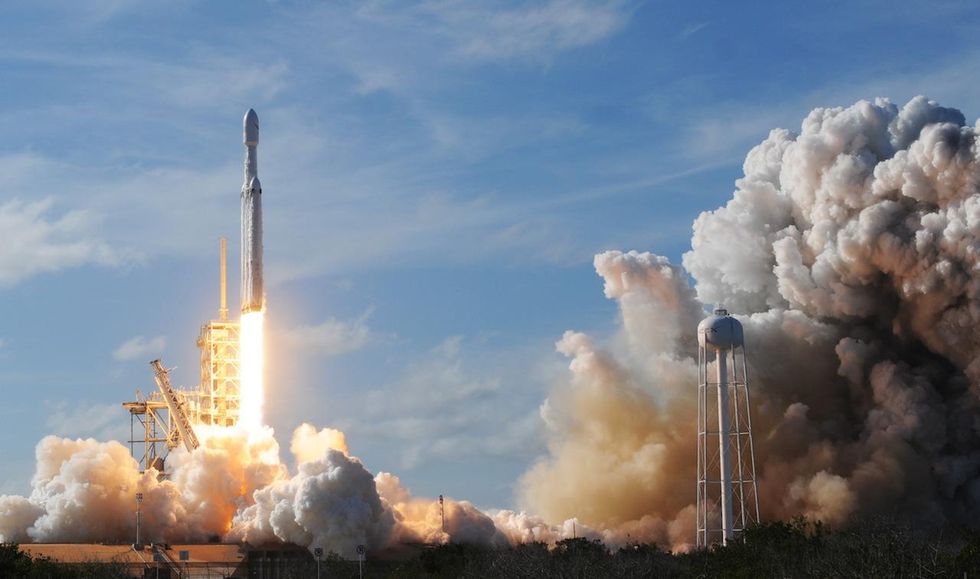
Elon Musk announced on Twitter that SpaceX had signed its first private passenger to fly around the moon. (Jim Watson/AFP/Getty Images)

Elon Musk's SpaceX announced on Twitter that it had signed its first private passenger to make a trip around the moon aboard its BFR, or Big Falcon Rocket, launch vehicle.
The short message that went out Thursday night called the company's news "an important step toward enabling access for everyday people who dream of traveling to space."
But the tweet fell short of providing any actual details except that it would reveal more information on Monday about the passenger and the purpose of the flight.
Musk, who also heads Tesla, has said the rocket would be the largest and most powerful rocket in history. SpaceX has invested nearly $1 billion into the 27-engine rocket.
Less than 20 minutes after the first tweet, a second one followed with a reminder that no one has visited the moon since the last Apollo mission in 1972.
Not surprisingly, the announcement caught some industry experts off guard since the BFR rocket is still under development, according to The Wall Street Journal.
Early last year, the billionaire confounded the aerospace community when he announced that he would be sending two unidentified space tourists to the moon by the end of 2018.
“We’ve been approached to do a crewed mission beyond the moon from some private individuals,” Musk said at the time. “And they’re very serious about it. We plan to do that, probably in the fourth quarter of next year [2018]. That would be on a Dragon 2 spacecraft and a Falcon Heavy rocket, which is due to do its maiden launch this summer.”
Falcon Heavy's flight was delayed to February of this year and the Dragon capsule is still under development for passengers.
The Dragon's unmanned test is scheduled for later this year and its manned flight with NASA astronauts is expected sometime in mid-2019.
Stay tuned. We'll have to wait until next week to learn who will be aboard the round-the-moon flight.